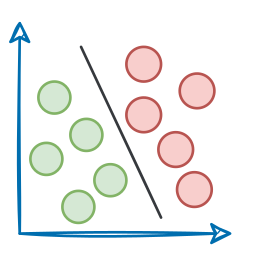

TODAY'S ISSUE
TODAY’S DAILY DOSE OF DATA SCIENCE
3 prompting techniques for reasoning in LLMs
A large part of what makes LLM apps so powerful isn't just their ability to predict the next token accurately, but their ability to reason through it.
And that's not unique to code. It’s the same when we prompt LLMs to solve complex reasoning tasks like math, logic, or multi-step problems.
Today, let’s look at three popular prompting techniques that help LLMs think more clearly before they answer.
These are depicted below:
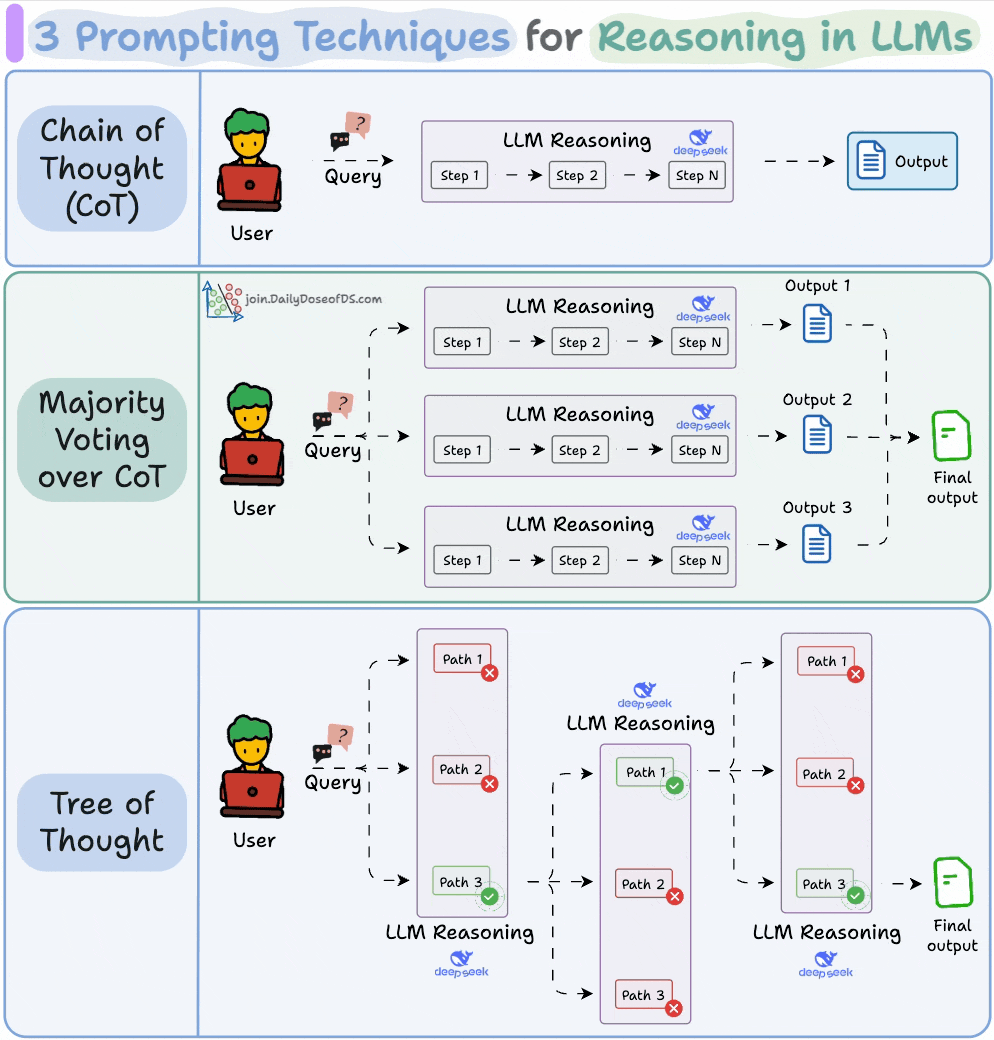
#1) Chain of thought (CoT)
The simplest and most widely used technique.
Instead of asking the LLM to jump straight to the answer, we nudge it to reason step by step.

This often improves accuracy because the model can walk through its logic before committing to a final output.
For instance:
Q: If John has 3 apples and gives away 1, how many are left?Let's think step by step:
It’s a simple example, but this tiny nudge can unlock reasoning capabilities that standard zero-shot prompting could miss.
For starters, zero-shot prompting means giving the model a task without any intermediate steps or examples. Ask a question and expect an answer.
#2) Self-consistency (or majority voting over CoT)
CoT is useful but not always consistent.
If you prompt the same question multiple times, you might get different answers depending on the temperature setting (we covered temperature in LLMs here).
Self-consistency embraces this variation.
You ask the LLM to generate multiple reasoning paths and then select the most common final answer.
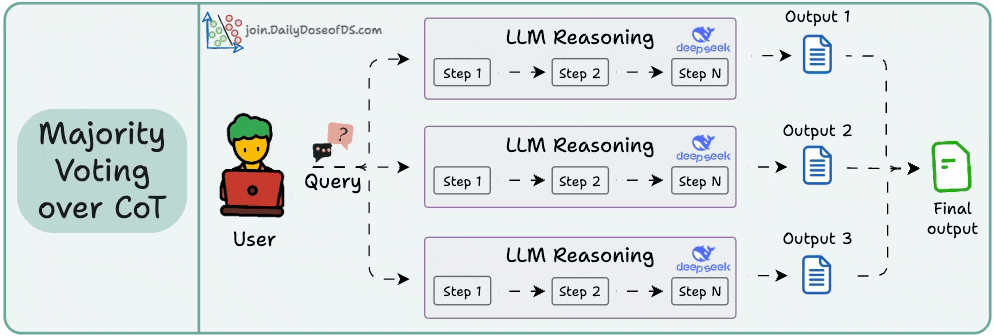
It’s a simple idea: when in doubt, ask the model several times and trust the majority.
This technique often leads to more robust results, especially on ambiguous or complex tasks.
However, it doesn’t evaluate how the reasoning was done—just whether the final answer is consistent across paths.
#3) Tree of thoughts (ToT)
While Self-Consistency varies the final answer, Tree of Thoughts varies the steps of reasoning at each point and then picks the best path overall.
At every reasoning step, the model explores multiple possible directions. These branches form a tree, and a separate process evaluates which path seems the most promising at a particular timestamp.
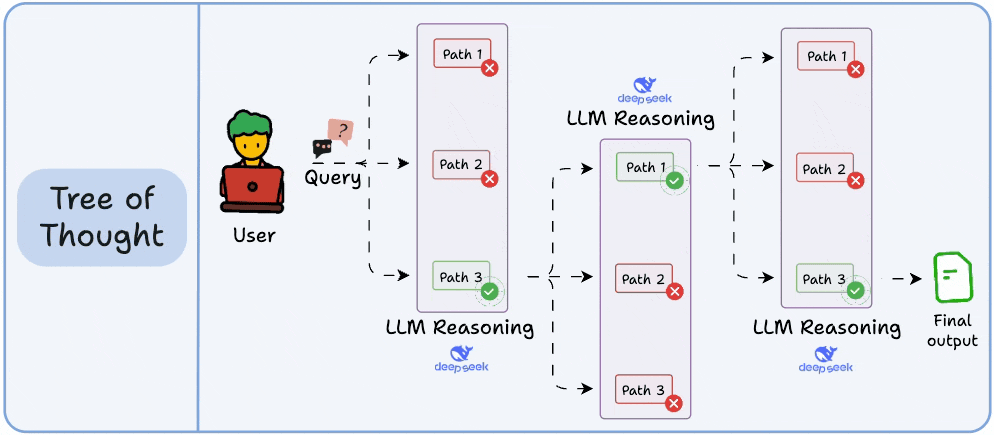
Think of it like a search algorithm over reasoning paths, where we try to find the most logical and coherent trail to the solution.
It’s more compute-intensive, but in most cases, it significantly outperforms basic CoT.
We’ll try to put together a demo on this soon, covering several use cases and best practices for inducing reasoning in LLMs through prompting.
Let us know what you would like to learn.
ReAct pattern for AI Agents also involves Reasoning.
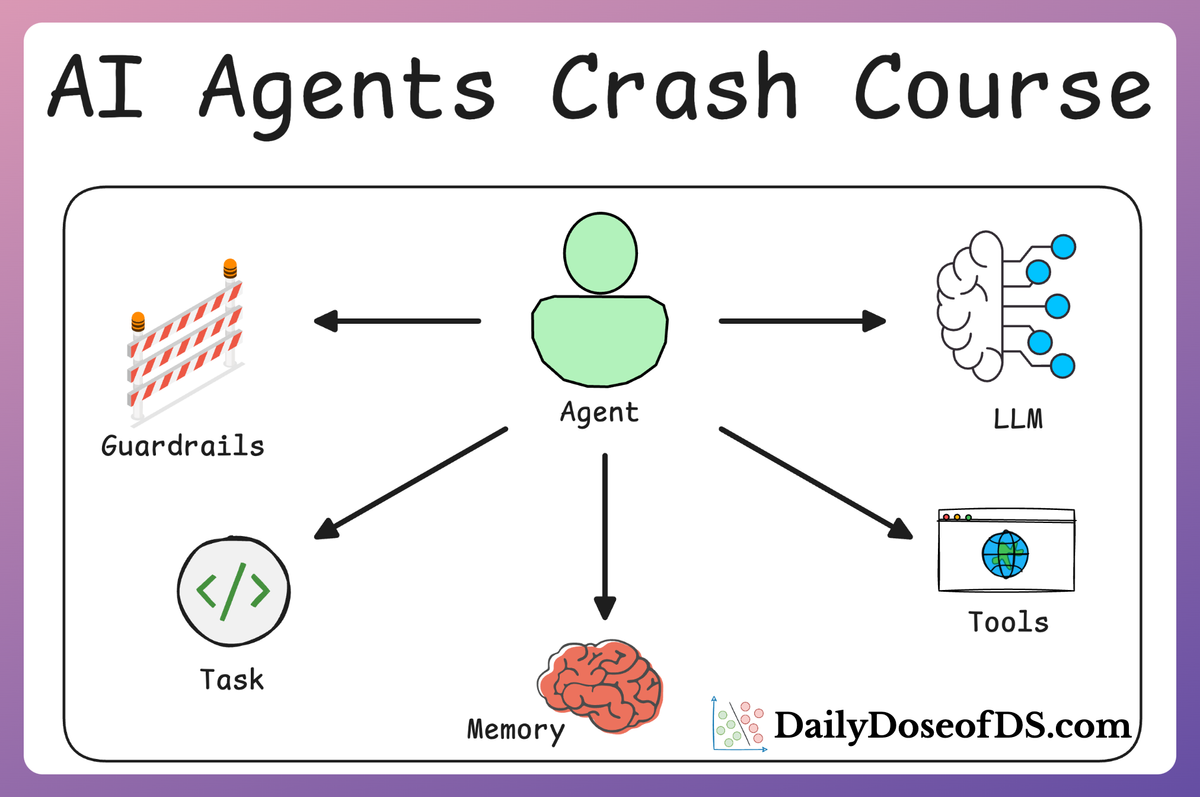
visual explainers
Active learning in ML
Data annotation is difficult, expensive and time-consuming.
Active learning is a relatively easy and inexpensive way to build supervised models when you don’t have annotated data to begin with.
As the name suggests, the idea is to build the model with active human feedback on examples it is struggling with.
The visual below summarizes this:
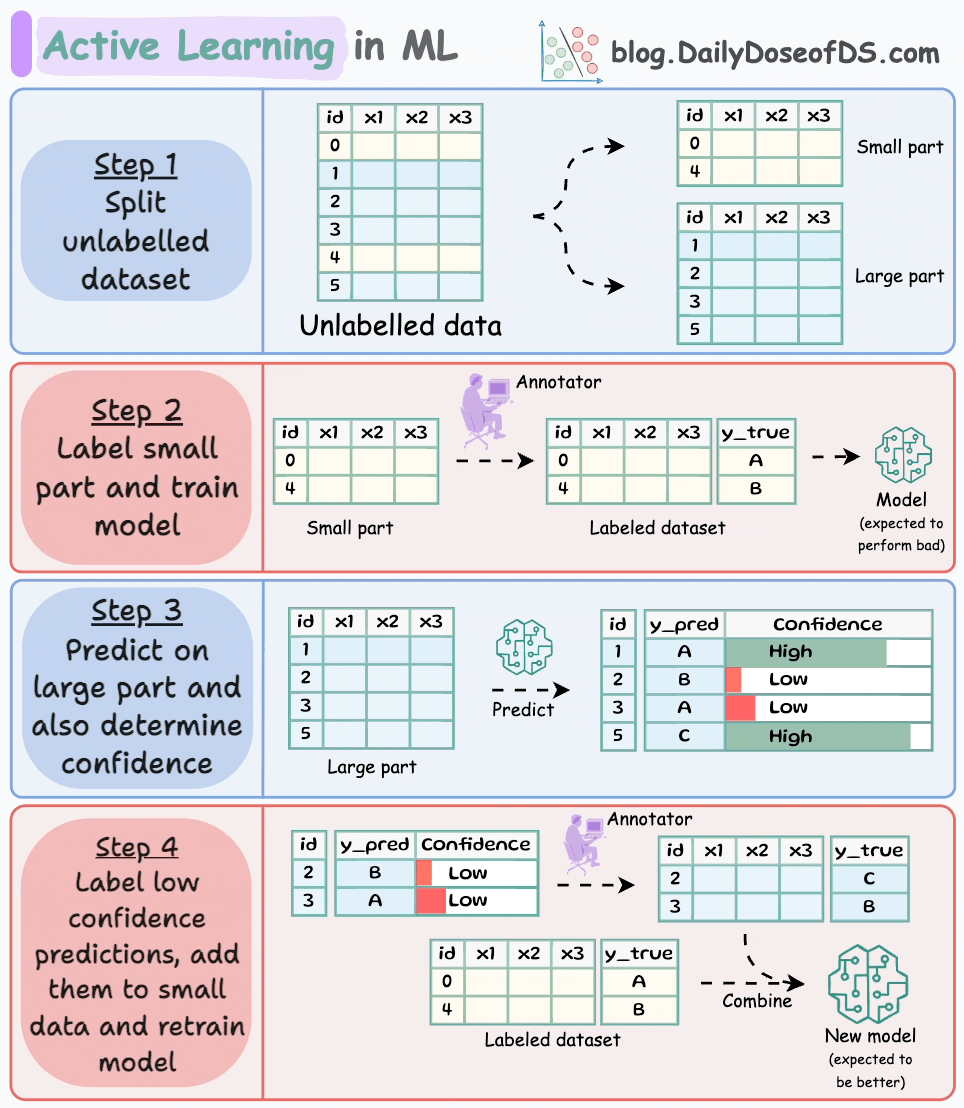
- Manually label a tiny percentage of the dataset.
- Build a model on this small labeled dataset (model should be able to provide confidence values)
- Generate predictions on the unlabeled dataset.
- Label low confidence predictions and add them to the labeled dataset.
- Back to step 2.
Active learning is a huge time-saver in building supervised models on unlabeled datasets.
The only thing that you have to be careful about is generating confidence measures.
If you mess this up, it will affect every subsequent training step.
Naive rag to practical RAG
From local ML to production ML
On paper, implementing a RAG system seems simple—connect a vector database, process documents, embed the data, embed the query, query the vector database, and prompt the LLM.
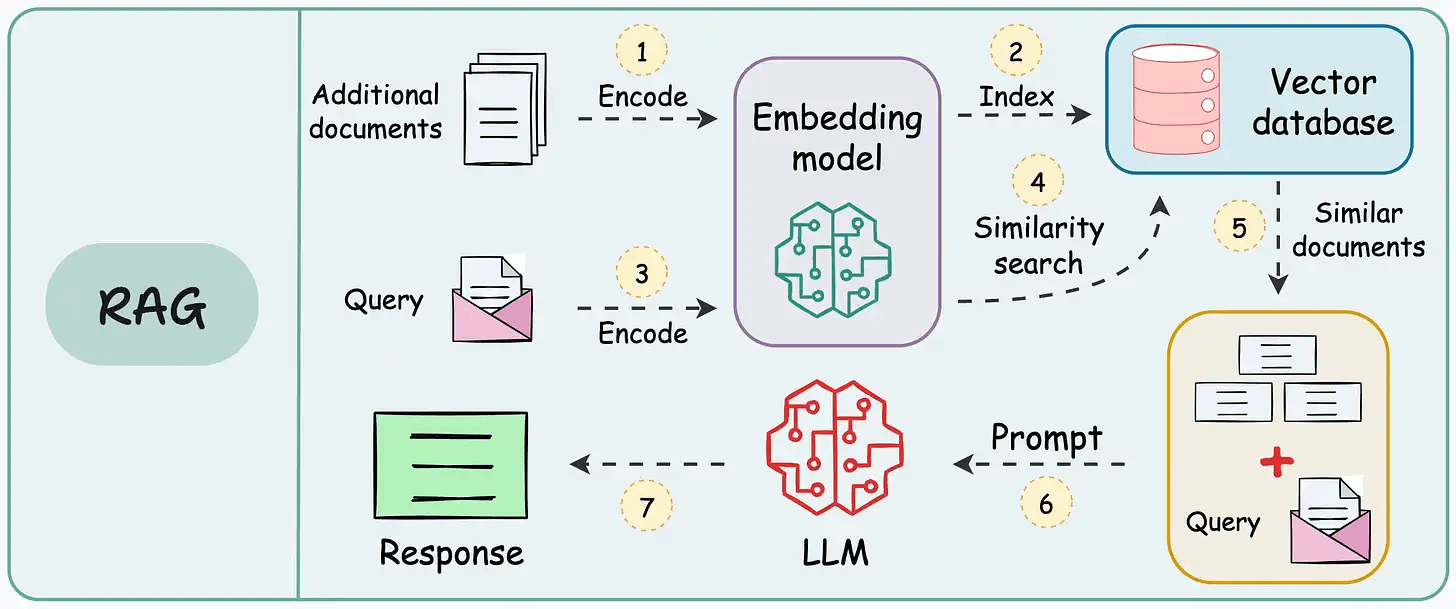
But in practice, turning a prototype into a high-performance application is an entirely different challenge.
We published a two-part guide that covers 16 practical techniques to build real-world RAG systems:
THAT'S A WRAP
No-Fluff Industry ML resources to
Succeed in DS/ML roles

At the end of the day, all businesses care about impact. That’s it!
- Can you reduce costs?
- Drive revenue?
- Can you scale ML models?
- Predict trends before they happen?
We have discussed several other topics (with implementations) in the past that align with such topics.
Here are some of them:
- Learn sophisticated graph architectures and how to train them on graph data in this crash course.
- So many real-world NLP systems rely on pairwise context scoring. Learn scalable approaches here.
- Run large models on small devices using Quantization techniques.
- Learn how to generate prediction intervals or sets with strong statistical guarantees for increasing trust using Conformal Predictions.
- Learn how to identify causal relationships and answer business questions using causal inference in this crash course.
- Learn how to scale and implement ML model training in this practical guide.
- Learn 5 techniques with implementation to reliably test ML models in production.
- Learn how to build and implement privacy-first ML systems using Federated Learning.
- Learn 6 techniques with implementation to compress ML models.
All these resources will help you cultivate key skills that businesses and companies care about the most.
SPONSOR US
Advertise to 600k+ data professionals
Our newsletter puts your products and services directly in front of an audience that matters — thousands of leaders, senior data scientists, machine learning engineers, data analysts, etc., around the world.


